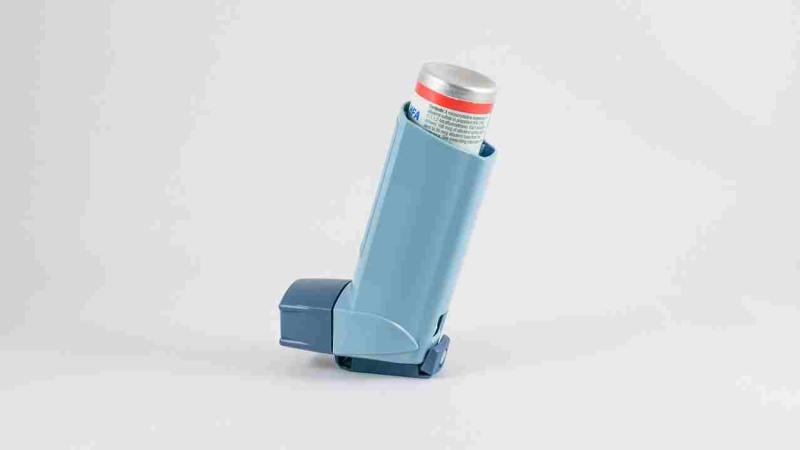
Asthma affecting millions of kids around the world due to vehicular air pollution, finds a global study.
Asthma is a lung-related disease that causes inflammation and narrowing of the airways, leading to severe difficulty in breathing. Statistics show that 339 million people across the globe suffer from asthma, resulting in about 1150 daily deaths. Inhaling polluted air is a leading cause that triggers asthma, which is also the most common non-communicable disease among children across the globe. In a new study, researchers from the USA and Canada have estimated the incidence of asthma among children across the world triggered by nitrogen dioxide—a major constituent of the vehicular exhaust.
Nitrogen dioxide is one of a group of highly reactive gases called nitrogen oxides. Emissions from burning fuel contain a significant amount of this gas, which is known to cause chronic conditions like asthma, across the globe. In this study, published in the journal The Lancet Planetary Health, the researchers analysed global nitrogen dioxide concentrations, child population, and asthma incidence rates, and estimated the number of new asthma cases due to nitrogen dioxide pollution. Their estimate covers children aged 1–18 years from 194 countries and 125 major cities.
“This study provides the first global estimate of the burden of paediatric asthma incidence attributable to ambient NO2 at a spatial resolution fine enough to resolve intra-urban and near-roadway exposure gradients, for 194 countries and 125 major cities”, say the researchers about the study.
“Each year, 4 million new cases of child asthma might be attributable to nitrogen dioxide pollution, accounting for 13% of global incidence”, say the researchers about their alarming findings. With 760,000 new cases per year, China tops the list of countries followed by India, which recorded 350,000 cases of asthma due to nitrogen dioxide. The other affected countries include the USA, Indonesia and Brazil. Among cities, the highest burden of nitrogen dioxide-induced new asthma cases were estimated for Lima in Peru (690 cases per year per 100,000 children) followed by Shanghai in China and Bogota in Colombia.
Urban areas around the globe had a higher burden of asthma compared to rural areas, with a reported 64% of cases of asthma from these regions. The national incidence rates were highest in the youngest age group of one to four years globally, and it decreased with increasing age. However, in India, which has the largest paediatric population, had the lowest asthma incidence rate among all countries. Four cities in India—Varanasi, Kanpur, Lucknow and Kolkata, have the lowest population-standardised burdens of child asthma, along with Orlu, Nigeria.

National estimates of population aged 1–18 years (A), population-weighted annual asthma incidence rates (B), and population-weighted annual average nitrogen dioxide (NO2) concentrations (C) [Image source]
Kuwait had the highest national burden of asthma incidences per 100,000 children at 550 cases, followed by the United Arab Emirates, Canada, Taiwan, and Qatar. Canada had the highest paediatric asthma incidence rate among high-income nations, and South Korea had the highest percentage of asthma incidence attributable to nitrogen dioxide.
Interestingly, the study found that 92% of estimated new asthma cases occurred in areas with annual average nitrogen dioxide concentrations lower than the WHO guidelines. “This suggests that the adequacy of the WHO guidelines might need to be revisited”, opine the authors.
The researchers suggested that a significant number of asthma cases in developed and developing countries can be prevented by reducing nitrogen dioxide pollution. “Traffic emissions should be a target for exposure-mitigation strategies”, they say, adding that alignment of policy initiatives to mitigate air pollution and climate change can have multiple public health benefits.





